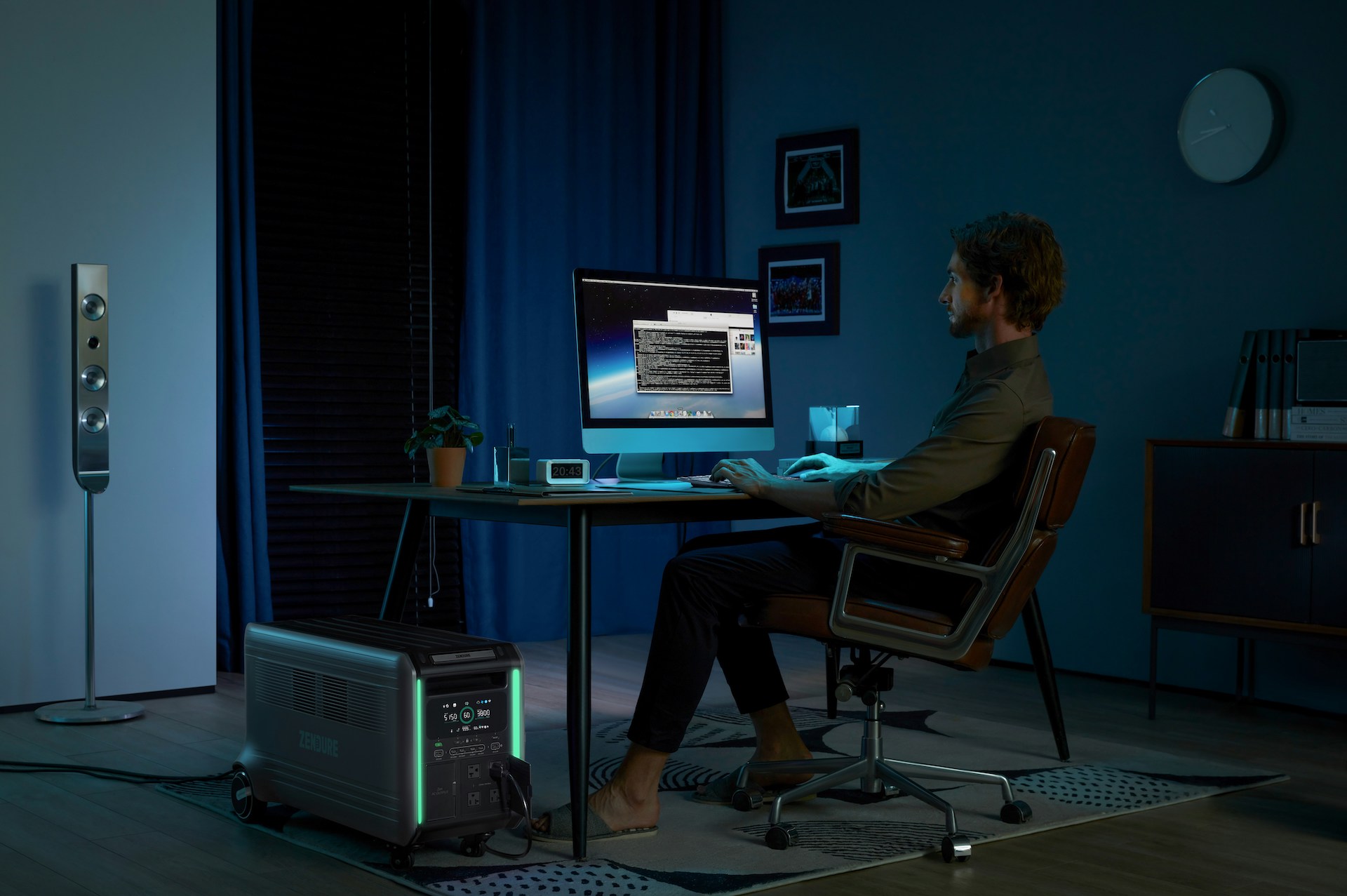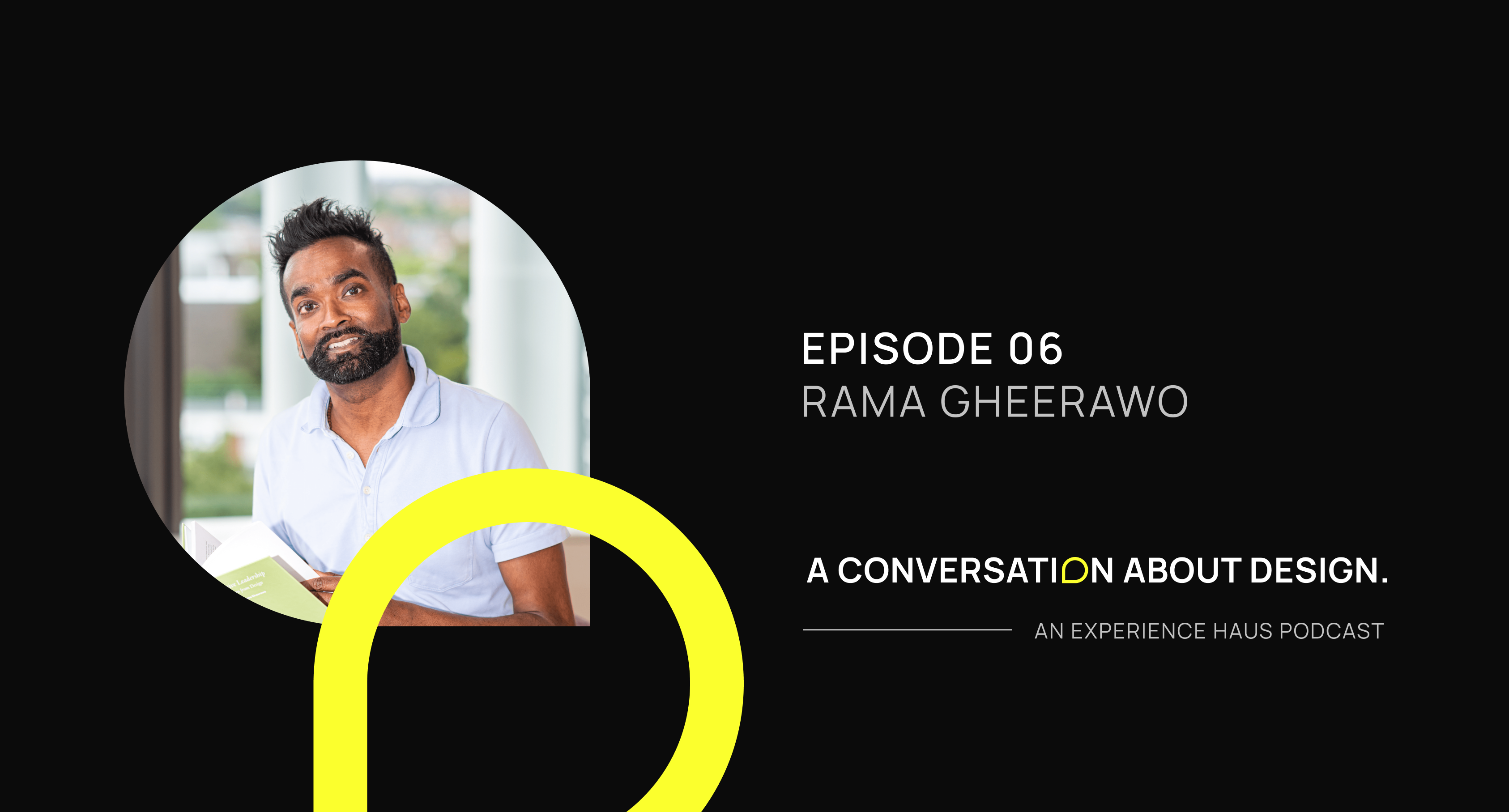The “Good Enough” Dilemma
As a junior designer, knowing when your design has ticked all the boxes and is “good enough” to move forwards with, is a daunting challenge. And as a more experienced designer, you’ll remember the struggle of finding that perfect balance between creativity and practicality in your work. You probably still have this question pop up in your from time to time.
When it comes to figuring out when a design is “good enough,” it’s not always an easy answer. So let’s dive into what “good enough” means in design, the factors that influence this often impossible-to-find line, and how to truly determine when your design is ready for the world to see.

Photo by Yan Krukau
First things first, let’s define what “good enough” actually means in design. Is it just hitting the client’s requirements? After all, aren’t we paid to deliver solutions that meet our client’s expectations? Or is it a design that looks great and functions well? Is there more to it than that?
It’s a little bit of everything. A “good enough” design should tick all the client’s boxes, look good, and give the end users an enjoyable and smooth experience. But the definition of “good enough” can change from project to project and client to client, so it’s important to have a flexible approach as part of your designer skillset.
Now that we know what “good enough” means, let’s talk about the factors that influence this line. These can include things like project timelines, budgets, design goals, and user experience. Finding the balance between these factors can be a tricky task and the “good enough” line may shift as the project progresses.
So, you may be asking, how do we determine when a design is “good enough”? There’s no one right answer, but there are a few strategies that can help:
- User testing: This can give you valuable insights into your design’s strengths and weaknesses, helping you make informed decisions and ensure that your design meets the needs of your audience.
- Iterative approach: The design process is iterative, so be prepared to make changes and improvements based on feedback and testing. This will help refine your design and make sure it heads towards the “good enough” line.
- Collaboration with stakeholders: Good communication with clients and stakeholders is key for the success of any design project. Make sure everyone is on the same page and your design hits its desired outcomes.
But what if you’re still questioning your design? Here are a few things you can do to help you make that determination:
- Take a break: Sometimes stepping away from a project can help you come back with fresh eyes and a clearer perspective. Go grab a coffee somewhere, or go for a walk with some of your favourite music on.
- Get feedback: Ask a colleague, instructor, fellow student, or friend for their honest opinion on your design. They may see something you missed or have a fresh perspective to offer.
- Trust your gut: You’re the designer. You’re the one in charge here. So trust yourself and your instincts. If something doesn’t feel right, it probably isn’t. You’ll get better and better at this over time.
While hitting deadlines and budgets is understandable, settling for “good enough” design can have serious consequences. Compromising on quality, for example, not carefully thinking about the desired user experience, can result in a less effective design that doesn’t meet its goals. Nobody wants that, and a client will not be too pleased.
For example, let’s say you’re designing a new landing page for a client who is launching a new product soon, and they’re pushing for a tight deadline. You might be tempted to cut corners and settle for a design that just meets their requirements, but this could result in a site that has a poor mobile experience, misses accessibility standards and has unclear messaging. In the long run, this could hurt the client’s business and damage your reputation as a designer or a team.
As designers, it’s important to be mindful of the trade-offs we make for efficiency and be ready to argue for the time and resources needed to make our designs truly amazing. Our type of work takes time, and it’s best to be clear about this upfront to ensure you have enough time to design the ideal experience that everyone is expecting and needs.
Figuring out when a design is “good enough” is a complex process that requires a deep understanding of the design problem, audience, and project goals. By approaching your work with a flexible and adaptive mindset, you will create truly effective and impactful designs. But just remember, questioning if your work is “good enough” will probably never go away.



